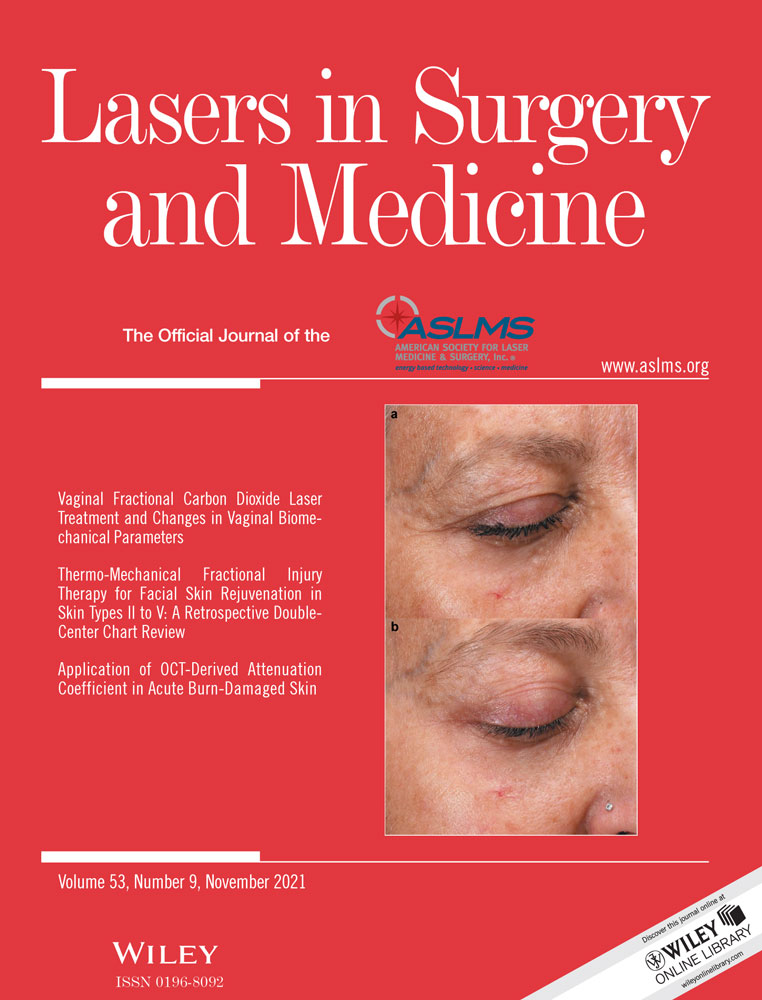Picosecond Laser treatment of Striae Distensae: In vivo Evaluation of Results by 3D Analysis, Reflectance Confocal Microscopy, and Patient′s Satisfaction
Conflict of Interest Disclosures: All authors have completed and submitted the ICMJE Form for Disclosure of Potential Conflicts of Interest and none were reported.
Abstract
Background and Objectives
The efficacy of picosecond laser (PSL) in the treatment of striae distensae (SD) has been recently reported; otherwise, the base for this improvement has not been clarified yet. The aim of this study is to treat long-lasting SD with PLS and to describe their in vivo morphological variations after treatment using three-dimensional (3D) imaging and reflectance confocal microscopy (RCM).
Study Design/Materials and Methods
A total of 27 patients asking for treatment for SD were treated with four monthly sessions of PLS. Clinical improvement was estimated through a blinded evaluation performed by two independent dermatologists, Global Assessment Improvement Scale (GAIS), patients′ satisfaction, 3D imaging, and RCM assessments at baseline and 6 months after the last laser session.
Results
Although a clinical improvement of SD was observed in 81.4% of patients according to physicians′ GAIS, only 66.6% of patients reported subjective improvement and satisfaction after treatment (P = 0.04). 3D imaging revealed a significant improvement in terms of skin texture (P < 0.001) and mean SD depth (P < 0.001). Otherwise, RCM highlighted collagen remodeling and the appearance of new dermal papillae in all the treated SD compared with baseline.
Conclusions
The present study confirms that PLS represents a safe treatment option for SD; herein, we report morphological documentation of skin variations after PLS treatment. Lasers Surg. Med. © 2021 Wiley Periodicals LLC




